The Nrtyavinoda of Manasollasa: A Study
Synopsis
The terpsichorean art of dance which has evolved over the centuries shows much variations in its contemporary manifestations. The difference between sastra and prayoga of this art makes it imperative for sustained research in its academics. There are many treatises written over the centuries which discuss in depth the technique of the art of dance. But most of them have not been exhaustively researched. Of singular importance in the study of the theoretics of dance is the Nrtyavinoda of the Manasollasa. The Manasollasa is a twelth century encyclopedia ascribed to the Kalyana Calukyan monarch Somesvara III and it contains one hundred Adhyayas or chapters on different aspects of life and culture. One Adhyaya – the Nrtyavinoda is devoted to the study of the art of dance which is considered as a part of the study of royal pastimes. The Nrtyavinoda of the Manasollasa consists of over four hundred verses which deal with the Angika Abhinaya aspect of dance. This text becomes worthy of study for it not merely discusses the technique of dance as per the Natyasastra of Bharata but broaches a technique which is new and more important – a non-Natyasastra one. It contains a discussion (though embryonic) on a tradition of dance which evolved differently in the medieval centuries – a tradition which a century after it was written came to be labelled as a Desi or a regional tradition. This study attempts to comprehend the technique of dance as discussed in the Nrtyavinoda while seeking affiliations with the Natyasastra which is the earliest available treatise on the subject and from which all later texts seek inspiration, and the Satgita Ratnakara of Sarngadeva which was written a century after the Nrtyavinoda. The monograph essays to add yet another dimension to the academics of the art of dance.
Read more
28.50
25.65
$
30.00 $
Free delivery Wolrdwidе in 10-18 days
Ships in 2-4 days from New Delhi
Membership for 1 Year $35.00
Get it now and save 10%
Get it now and save 10%
BECOME A MEMBER

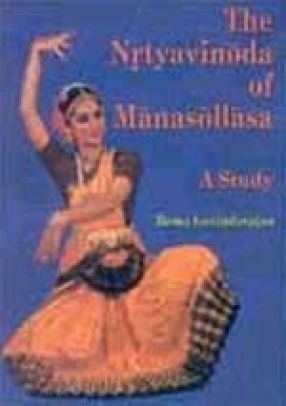
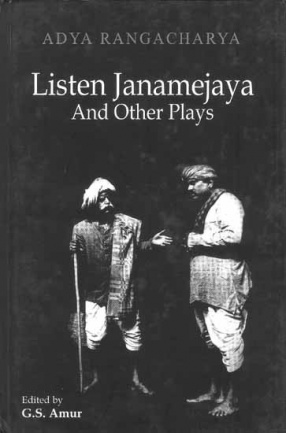
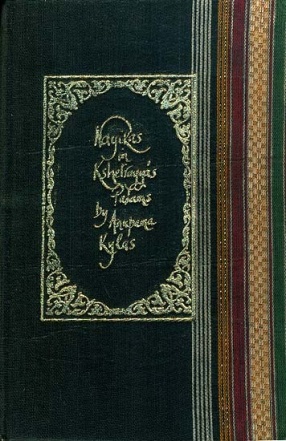
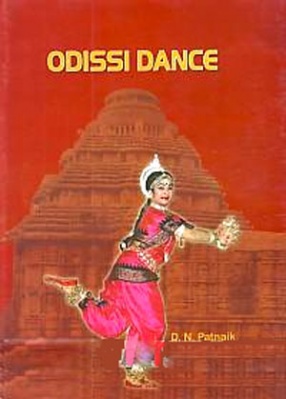
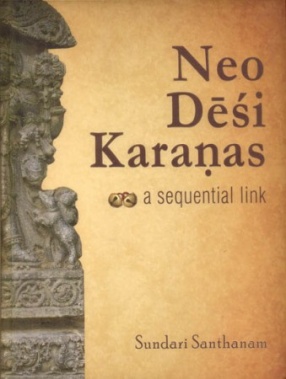

Bibliographic information